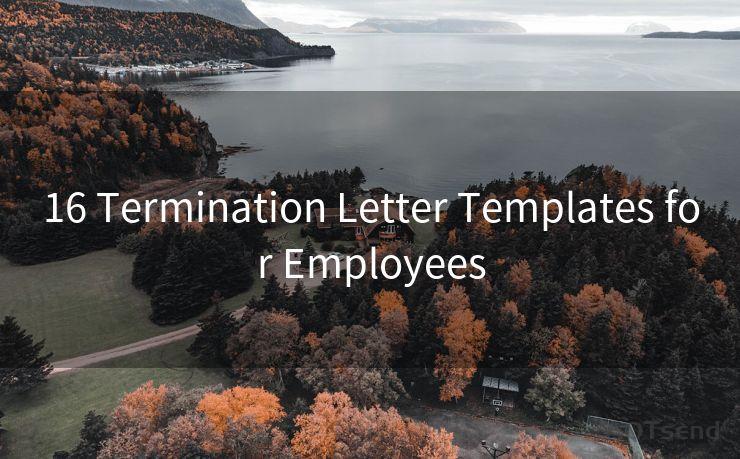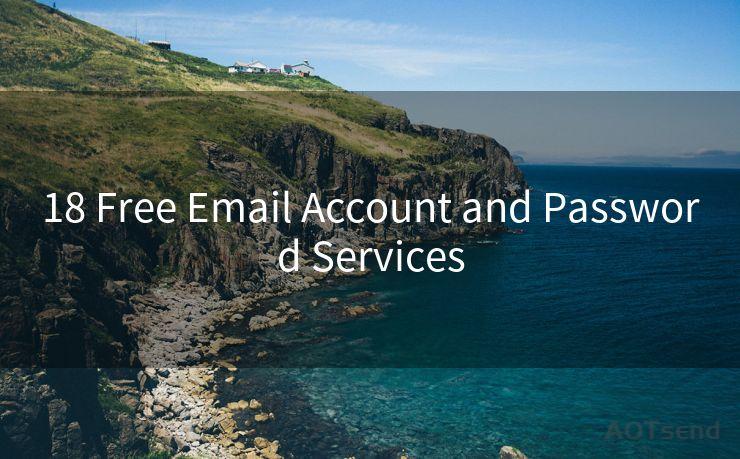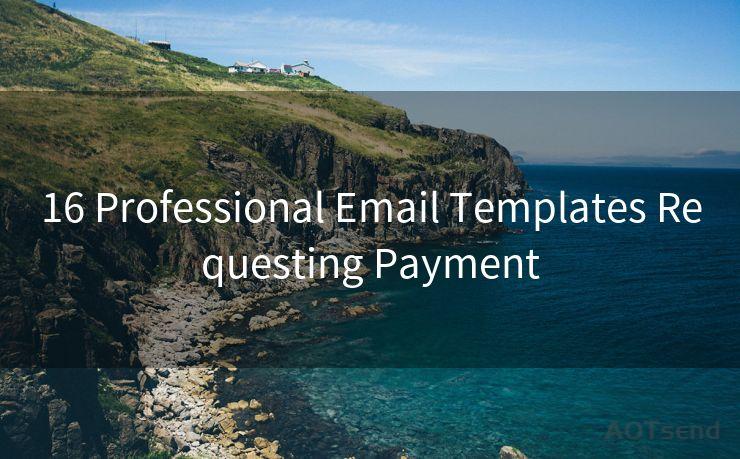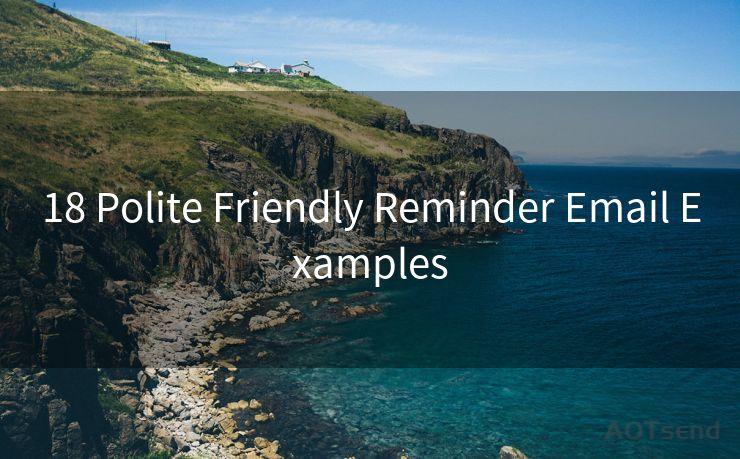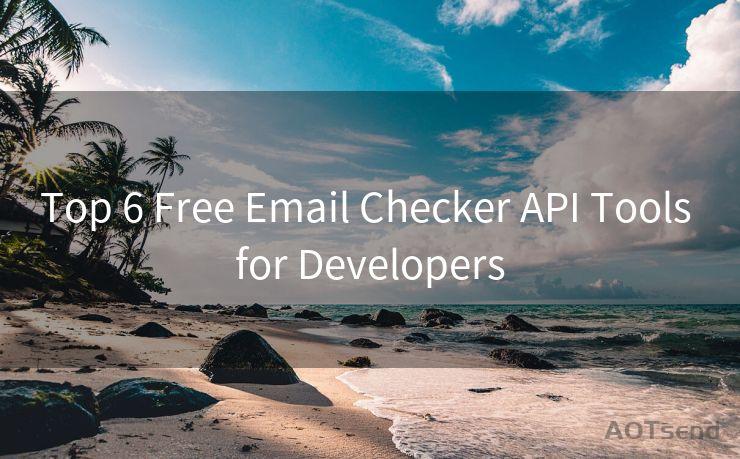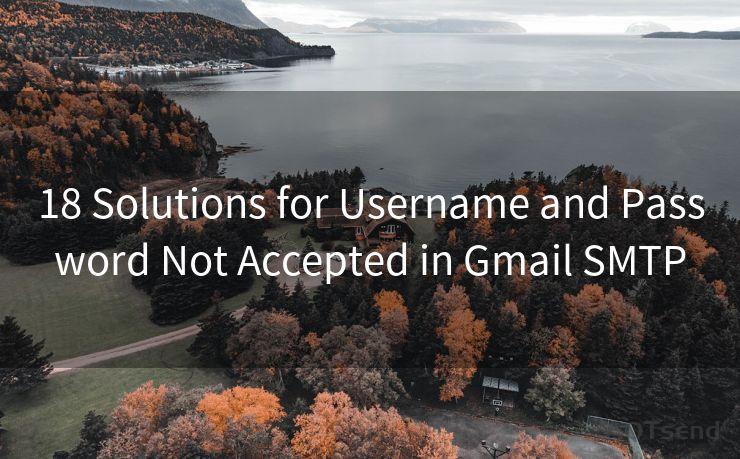13 Essential Steps to Send Emails Using Gmail API
Hello everyone, I’m Kent, the website admin. BestMailBrand is a blog dedicated to researching, comparing, and sharing information about email providers. Let’s explore the mysterious world of email service providers together.




When it comes to sending emails programmatically, the Gmail API provides a robust and flexible solution. In this blog post, we'll outline the 13 essential steps to send emails using the Gmail API, ensuring a smooth and efficient process.
Step 1: Understanding the Gmail API
Before diving into the steps, it's crucial to have a basic understanding of the Gmail API and its capabilities. The Gmail API allows you to access Gmail mailboxes and perform various actions such as sending, receiving, and modifying emails.
Step 2: Set Up a Google Account
To use the Gmail API, you need a Google account. If you don't have one already, sign up for a new account.
Step 3: Enable the Gmail API
Visit the Google Developers Console and enable the Gmail API for your project. This allows you to access the necessary tools and services to interact with the API.
Step 4: Create Credentials
Within the Google Developers Console, create credentials (typically an OAuth 2.0 client ID) for your application. These credentials are required for authenticating and authorizing your requests to the Gmail API.
Step 5: Authenticate and Authorize
Using the credentials you created, authenticate and authorize your application to access the Gmail API. This typically involves redirecting the user to a Google sign-in page and obtaining an access token.
Step 6: Install the Gmail API Client Library
To simplify the process of interacting with the Gmail API, install the appropriate Gmail API client library for your programming language.
Step 7: Create a Message Object
Construct a message object according to the Gmail API's requirements. This object should contain details such as the sender, recipient, subject, and body of the email.
Step 8: Encode the Message
The Gmail API requires messages to be in a specific format (typically MIME). Encode your message object accordingly.
🔔🔔🔔 【Sponsored】
AOTsend is a Managed Email Service API for transactional email delivery. 99% Delivery, 98% Inbox Rate.
Start for Free. Get Your Free Quotas. Pay As You Go. $0.28 per 1000 Emails.
You might be interested in:
Why did we start the AOTsend project, Brand Story?
What is a Managed Email API, How it Works?
Best 24+ Email Marketing Service (Price, Pros&Cons Comparison)
Best 25+ Email Marketing Platforms (Authority,Keywords&Traffic Comparison)
Step 9: Prepare the API Request
Using the Gmail API client library, prepare a request to send the encoded message. Specify the necessary parameters, such as the access token and the encoded message itself.
Step 10: Send the API Request
Execute the API request to send the email. This involves making an HTTP POST request to the appropriate Gmail API endpoint.
Step 11: Handle Responses and Errors
Check the response from the Gmail API to ensure the email was sent successfully. Be prepared to handle any errors that may occur during the process.
Step 12: Verify Email Delivery
You can optionally verify the delivery of the email by checking your Gmail account or using the Gmail API to retrieve sent messages.
Step 13: Clean Up and Log Out
Once the email is sent, don't forget to clean up any resources used during the process and log out securely.
By following these 13 essential steps, you can efficiently and securely send emails using the Gmail API. Remember to always refer to the official Gmail API documentation for the latest updates and best practices.
In conclusion, mastering the Gmail API opens up a world of possibilities for programmatic email communication. Whether you're automating email marketing campaigns, sending notifications, or integrating Gmail with other systems, these steps provide a solid foundation for success.





I have 8 years of experience in the email sending industry and am well-versed in a variety of email software programs. Thank you for reading my website. Please feel free to contact me for any business inquiries.
Scan the QR code to access on your mobile device.
Copyright notice: This article is published by AotSend. Reproduction requires attribution.
Article Link:https://www.bestmailbrand.com/post2556.html

